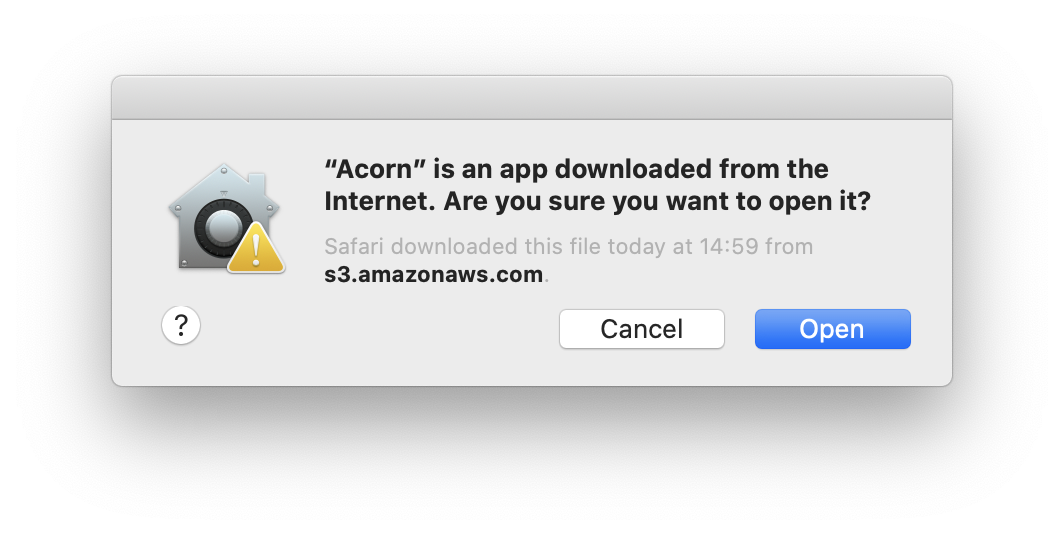

- #MAC APPLICATION ASKING FOR CALENDAR PERMISSION HOW TO#
- #MAC APPLICATION ASKING FOR CALENDAR PERMISSION CODE#
There will be times when a user denies access to the calendar before realizing that doing so essentially stops all the functionality provided by your app. “Need permission” view for when access is denied I’ll toggle the table’s visibility based on the user’s granting or denying of the calendar access later, but I thought it was worth pointing out that the initial state of my table view in the example is hidden. Here’s a detailed view of the constraints, along with a visual of what the Storyboard Scene looks like with the table view installed:Īs a final note, I’ve set the hidden property of the table view to true in the Storyboard. I’ve created a short screencast on setting up a table view if you’d like a complete walkthrough:
#MAC APPLICATION ASKING FOR CALENDAR PERMISSION CODE#
I’ve created such an app as an example – jump over to GitHub to grab the code and explore. If they deny permission, we’d like to show a message to them that indicates that our app can’t function without this permission, and we’ll allow them to click a button to grant us permission in the Settings of their device.

We’d like this View Controller to display a list of calendars if the user grants us permission to do so. Suppose that we’re building an app that, for now, has a single View Controller. Let’s start by proposing a basic scenario to serve as this tutorial’s example. Note: Code in the main article below is written in Swift 3.0, but code examples for Swift 2.3 are found in the example project.
#MAC APPLICATION ASKING FOR CALENDAR PERMISSION HOW TO#
I will demonstrate how to request permission to the user’s calendar and show a couple of examples for how to handle the user’s response (for when they grant access, or deny it).

In the tutorial that follows, my goal is to walk you through the first steps of setting up an app that utilizes EventKit. EventKit provides a set of classes for accessing and manipulating a user’s calendar events and reminders. BACKGROUND_SPATIAL_PERCEPTION PERMISSIONS. Target 'YourAwesomeProject' do # … permissions_path = './node_modules/react-native-permissions/ios' pod 'Permission-AppTrackingTransparency', :path => " # from 'react-native-permissions' PERMISSIONS.


 0 kommentar(er)
0 kommentar(er)
